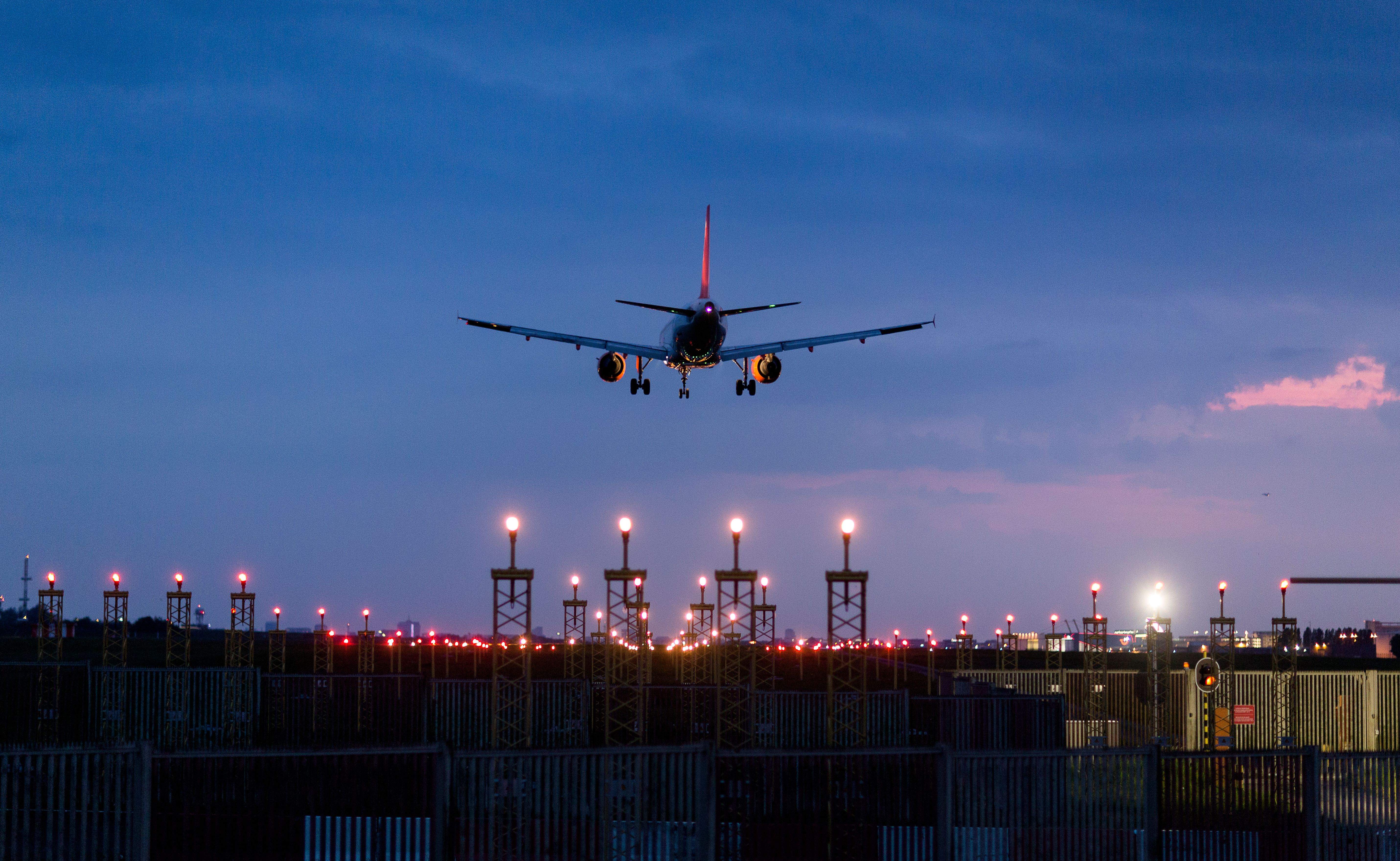In a first-of-its-kind study, researchers at Cranfield University have focused on carbon emissions stemming from the operations at airports. Specifically, they have identified opportunities for airports to become green energy 'power stations' by utilizing carbon capture, utilization, and sequestration (CCUS) technologies. The CO2 harnessed through direct air carbon capture, rather than stored, could be used to fuel the planes operating out of the airport.
However, if such green airports are to become a reality, there will need to be millions of pounds dedicated to technologies to support this, particularly relating to direct air carbon capture (DAC). Meanwhile, together with the production of green hydrogen and sustainable aviation fuel (SAF) production, this technology would help forward the UK's 'jet zero' strategy. Captured carbon could be used together with green hydrogen and renewable energy to produce what is known as Power-to-Liquid (PtL) fuels.
An example of broader industry collaboration
The report was compiled for SITA, one of the leading IT service providers for the aviation industry. It looked at emissions and other data from 2019 from London Luton Airport (LTN), Aberdeen Airport (ABZ), Indira Gandhi International Airport (DEL), and San Francisco International Airport (SFO).
Cranfield University
Cranfield University is a specialist postgraduate university that, among other facilities, hosts the Digital Aviation Research and Technology Centre (DARTeC). The consortium advancing digital aviation technology includes Blue Bear Systems Research, Boeing, Inmarsat, the International Air Transport Association (IATA), the IVHM Centre, Saab, the Satellite Applications Catapult, and Thales, among others.
The university's Net Zero Research Airport project was recently awarded £3.1 million ($3.77 million) in funding from the UK Research Partnership Investment Fund (UKRPIF) Net Zero pilot funding scheme. The funds will benefit research at DARTeC and the Aerospace Integration Research Centre (AIRC).
Meanwhile, Dr Chikage Miyoshi, a co-author of the report lead for the university’s new Sustainable Aviation Systems Laboratory, said,
“The case airports involved in this report recorded CO2 emissions in the range of 50 to 100 kilo tonnes of CO2 per annum. This indicates the potential of direct air capture in an airport environment. A combination of integrating renewable green hydrogen technology with DAC and SAF could be the ideal solution for achieving true net zero. This all requires long-term investment and strong leadership alongside an integrated energy policy and incentive scheme to facilitate such changes."
"In the long-run, we could see some airports act as power stations to fuel sustainable air transport operations.”
Head of Sustainability at London Luton, David Vasquez, commented on the research,
“This collaboration provides timely, valuable insight into carbon capture and storage technologies and innovations, some of which we will explore further as we develop our evolving net zero roadmap. Although we recognise there will be some emissions that we cannot reduce in the short-term, London Luton Airport is committed to achieving carbon neutrality in 2023 and net zero for airport operations by 2040. This study is an example of the way in which LLA is working with the wider industry to look at the potential of emerging carbon capture technologies”.
Stay informed: Sign up for our daily and weekly aviation news digests.
The report looked at the potential for six different types of CCUS engineering-based solutions.
It also examined combining these with more, by now, traditional ways of mitigating/offsetting CO2 emissions, such as tree planting and wetland restoration.
Dr. Carlos Kaduoka, Head of Airport Business Strategy, SITA, also commented on the report,
“SITA is committed to reducing its climate impact and building a more sustainable air transport industry. Contributing to the research by Cranfield University is one example of our collaborative industry approach to exploring new ways to help decarbonize the industry and reach net-zero emissions.”
The report is called The viability of Carbon Capture at Airports using Innovative Approaches and will be published on the university's website towards the end of next month.


